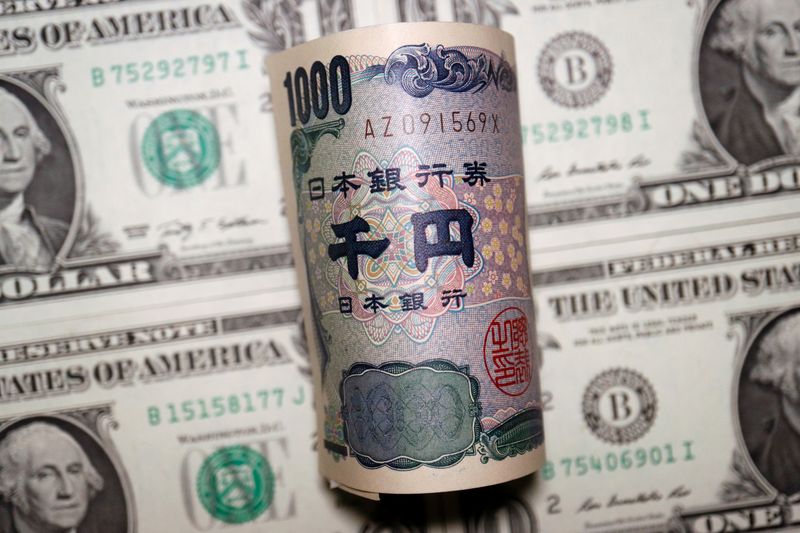
Japanese stock markets have climbed steadily of late, with the Nikkei index climbing to an all-time high, while the yen has fallen as low Y141 versus the U.S. dollar earlier in August, from Y160 earlier this year, as the yen carry trade was largely unwound.
Japanese rates are also rebounding, but are likely to lag the rebound in stock prices and the USD/JPY pair, according to analysts at Nomura, in a note dated August 20.
The easing of concerns about a recession in the U.S. economy has contributed to a rebound in stock prices and a decline in the yen exchange rate.
“We think the BOJ wants to avoid both the resurgence of persistent yen weakness and destabilization of the stock market,” said Nomura. “From this perspective, BOJ Governor Ueda’s testimony scheduled for this Friday is likely to be more dovish than his press conference after the July monetary policy meeting, but more hawkish than Deputy Governor Uchida’s remarks on 7 August.”
If Governor Ueda’s view that he does not consider 0.5% as the upper limit for the policy interest rate remains unchanged, then the current pricing-in of the terminal rate in the yen interest rate market is likely too low, the bank added.
However, it seems that there is a lack of immediate catalysts for a rise in expectations of the terminal rate, and the recovery of JGB 5-year yields may lag behind compared to the rebound in stock prices and USD/JPY.
While the BOJ’s hawkish shift at its July monetary policy meeting came at the price of increased instability in the Japanese stock market, it did achieve its primary goal of curbing yen depreciation.
At a press conference held on Aug. 7, BOJ Deputy Governor Shinichi Uchida made dovish comments aimed at calming down the stock market.
However, if the BOJ focuses excessively on share prices and JPY resumes its decline, the BOJ could find itself back at square one.
“We think the BOJ is in a very difficult position wherein its communications must be just hawkish enough to avoid a resurgence in stock market instability while also avoiding a return to JPY depreciation,” Nomura added.
To read the full article, Click Here
